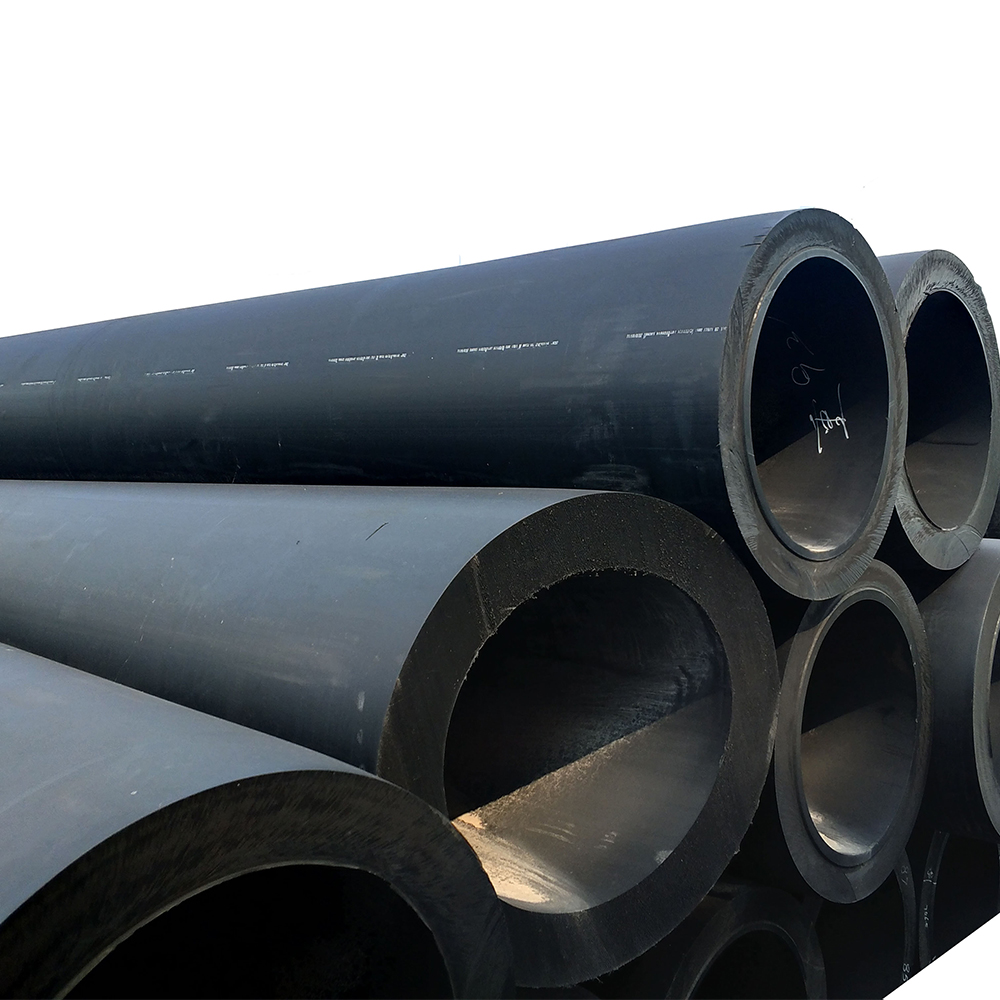A Deep Dive into the Manufacturing Processes of HDPE Pipes

Now, it introduces one hero that we all know is essential in the infrastructure of today - HDPE (High-Density Polyethylene) pipes; carrying water or gas and different types of chemicals. It is no surprise that they are widely used in agriculture, telecommunications and have proven to be greatly appreciated for their strength and resistance against corrosion as well. By exploring the elaborate process of HDPE pipe manufacturing we find an even mix of science, technology and sustainably that mold this fundamental building blocks. Come along with us on an exploration of material science, manufacturing processes and sustainable practices to what might be the most fantastic example extrusion techniques have ever known combined under some seemingly nazi quality control measures tied up in a parcel containing future innovations.
Understanding The Science Of HDPE Pipe Manufacturing
Strong knowledge of the polymer is central to producing HDPE pipe. The ruggedness of high-density polyethylene, a petroleum plastic made from long chains of carbon and hydrogen atoms densely packed together. This setup offers good tensile strength and resistance to chemicals, UV }}">{{.createSequentialGroup().tensilStrength(49); - My[]> It, therefore, all starts with top-quality resin pellets that are blended with additives ranging from antioxidants to UV stabilizers in the overall manufacturing process. These additives improve the structural integrity of your pipe by protecting them from environmental stress cracking and UV degradation, allowing you to work in even harsher conditions.
Abstract: HDPE Pipe of Transformation Journey
From unprocessed pellets to final HDPE pipes, it goes through a strict sequence of controlled process steps. In the first stage, melting and extrusion of these pellets are carried out to create a flexible melt at elevated temperatures. The molten plastic is formed into pipes through a die and cooled wither using cooling baths or air-cooling systems before hardening. After extrusion, the pipes are calibrated and sized for correct dimension finally cut to length. The transformation of granular material [into] a mechanically solid opening further illustrates the elegance in industrial processing.
Why Eco-Friendly Practices are Essential in HDPE PIPE Manufacturing
Sustainability has become a requirement rather than an alternative in this world, and the HDPE pipe industry is living strongly with that mantra. HDPE Pipe For Water is recyclable : One of the most significant benefits that HDPE has over normal metals and concrete is its reusability. Similarly, post-industrial waste can be captured and reintroduced into the manufacturing cycle to minimize waste generation (and resource extraction). In addition, HDPE can be advanced recycled into high-quality resin that goes back into making new products - closing the loop on a circular economy. Along with the flavour characteristics aspects it is common for manufacturers to implement energy efficiency and leave a smaller carbon footprint on earth by optimization extruder temperatures. With these green practices, manufacturers not only use HDPE pipes for their basic application but also become fit in the frame of sustainability across the globe.
Quality Control in HDPE Pipe Production, and The Relevance of Extrusion
It is an extrusion that defines the structural strength and functional performance of HDPE Pipe For Gas. Three include precision in temperature control, screw design and die configuration required for maintaining uniform wall thickness, good surface finish as well as dimensional stability. Sensors and re-statements in advanced extruders control systems based on results of measurement take care about the product quality, reducing defects. Ensuring the pipes meet international standards with visual inspections, hydrostatic pressure testing and non-destructive examination methods like ultrasonic examinations is an ongoing process of quality control in multiple steps over the manufacturing lifecycle. Each pipe is rigorously tested for leaktightness, impact resistance and material consistency to ensure that they meet the highest standards before out of factory.
Today's Innovative Strategies for Efficiency in HDPE Pipe Manufacturing
The HDPE pipe industry is one rooted in innovation, always pursuing the next best thing. The changing face of manufacturing is shaped by two interdependent trends namely, automation and digitalization- with smart factories adopting Internet-of-things (IoT) devices; AI/ML algorithms to streamline the production process predicting maintenance requirements as they evolve towards end-to-end efficiency. The next-generation in extrusion machinery that is capable of multi-layer co-extruding will make it possible to create pipes with custom selected properties by incorporating specially engineered barrier layers as needed for certain applications. Material success: Advances in materials - including advanced resin formulations that allow pipes to perform well under extreme temperatures, provide superior chemical resistance, and deliver greater flexibility without sacrificing strength. Moreover, the rise of bio-based HDPE that comes from renewal sources offers a pathway for future research with allegedly suitable income without sacrificing desirable performance.
Conclusion: Handling the Madness of HDPE Pipes
It is science at its exact best, all done with nature and technology-those things that make the world go round. Polymer chemistry is a complex dance created from waste and advanced technology that collectively work to create in sink systems products while keeping the phenology of our planet, if not proud, than at least satisfied. The more we understand these process the story of progress, adaptability and survival unfold giving us a future roadmap to piping solutions.